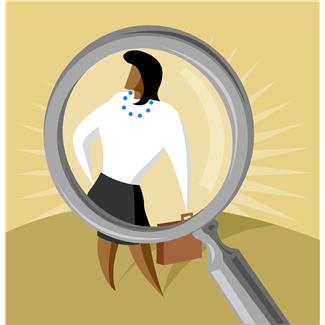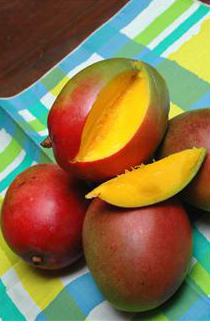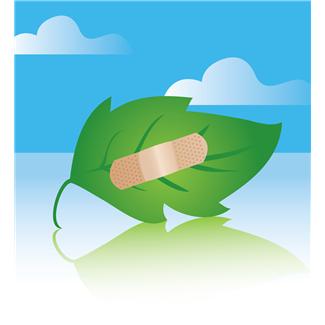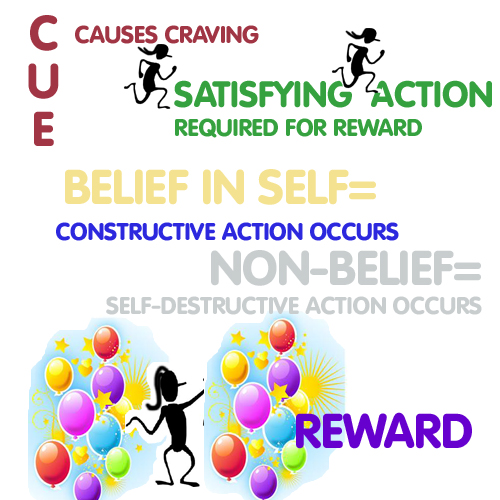The Habit Cycle: Cue-Action-Reward-Cue-ReplacedAction-Reward
THE HABIT CYCLE: CUE-ACTION-REWARD-CUE-REPLACEACTION–REWARD (Issue 45)
By Diane Gold
In the past several weeks, I’ve been talking about and looking at habits, reading about them, examining my own. There are so many different factors, but there seems to be one common cycle.
CUES
We get a CUE.
It can be visual such as the photo of an apple pie to a dessert hound.
It can be olfactory where we walk into a bar, smell a whole array of alcohol tonics and can’t resist them.
 There are so many cues that result in habitual action. Anything can set off someone who gambles to excess to create gambling by saying,
There are so many cues that result in habitual action. Anything can set off someone who gambles to excess to create gambling by saying,
“I’ll bet you $10 that it won’t rain today.”
NAIL BITING
I was reading about a nail biter and how examining the cue and looking at the reward might help with the habit of biting. Then I realized that I bite my nails, not as much as I used to. But I do, from time to time. I have still not identified the cue, that is, what signals me to execute my nail behavior; but it has something to do with working. As I begin to concentrate on work, I am driven to start to bring my hands to my mouth. I have been able not to bite my nails because I am enjoying the control of not biting, because I examined the behavior and because I was rather surprised that I hadn’t counted this behavior in my list of negative habits.
The REWARD for this nail biting was that I like the feel of biting. Or maybe it is a soothing behavior. I am not sure yet. My NEW REWARD, though, is laughing at myself because I am controlling this behavior. The reason I can do this is because I have lots of experience with changing habits. And I have learned to replace the bad ones with good ones. They are all still there, just waiting for the right cue.
 ACTION STEP
ACTION STEP
Take a look at what you do that is in excess and that you want to change. Look for the cue that starts your craving feeling. Look at the reward that makes you feel euphoric. Tell someone about your self-examination, and say that you BELIEVE IN YOURSELF and commit to successfully being a different way – out loud. Go do the different behavior every time you get the cue. Even if you can’t figure out the exact cue, which I can’t with the nails, whenever you find yourself craving, keep looking at it as you do your new activity.
The explanation will show up. While you’re looking, though, doing what’s new will replace the trigger activity and become the new habit.
WarriorsofWeight Consulting
Click the image below for a helping hand.
OLD HABITS ARE HERE TO STAY
I am still reading Charles Duhigg’s The Power Of Habit. He mentions all the research about the fact that a habit doesn’t go away when we replace it. It’s easy to see this when people go back to old habits under pressure or lost focus. Have you experienced this?
If you can’t imagine addiction or being out of control with some habit, I am going to describe an allergic, physiological behavior to make a point about being out of control.
Imagine getting poison ivy with its toxic oil. The urushiol oil binds to the under layer of skin and stays there for 2 to 4 weeks. It affects 80% of people who come into contact with it.
 After getting poison ivy many times in New York, I thought I was free of it when I moved to Florida. Ha! Little did I know that the precious mango tree that hung over the fence was loaded with the very same toxin. Cashew and pistachio, too, but I haven’t come into contact with those.
After getting poison ivy many times in New York, I thought I was free of it when I moved to Florida. Ha! Little did I know that the precious mango tree that hung over the fence was loaded with the very same toxin. Cashew and pistachio, too, but I haven’t come into contact with those.
So we get a cue. The itch. We take action: we scratch and scratch. This behavior is not addiction, but it demonstrates how we can be out of control and the driver is similar. It is also not an antisocial behavior, so we are not stigmatized if we scratch. Everybody does it, across the social, ethnic and self-control lines. It illustrates being driven in ways very hard to control.
When I come into contact with the air that is near the powerful poison ivy plant, or if I touch the plant by accident, I break out into a rash and am doomed for a few weeks. I came up with a strategy for not scratching which is parallel to my strategy for controlling self-destructive habits. First, there will be a small little itch. When I get an itch on the wide part of my arms or my hands or feet; this is a cue for me to examine the area to see whether I have exposed myself to urushiol. It used to be the cue to scratch, but I know the feeling so well that I control it and determine whether it is the dreaded poison.
 For years, I have been covering the dermatitis rash with bandages. This was for 2 reasons: 1) to keep the rash from spreading when the blisters broke and 2) to keep me from scratching it.
For years, I have been covering the dermatitis rash with bandages. This was for 2 reasons: 1) to keep the rash from spreading when the blisters broke and 2) to keep me from scratching it.
I just found out tonight that covering the area protected it from infection and scratching only, but that we can’t spread the rash on our own bodies, are not contagious once we are rashing and the blisters contain our own immune response to the oil and not the oil, itself.
So the bandages themselves created a new cue for me, even though I had them on for the wrong reason. Every time I touched the bandage, I remembered not to itch. I replaced my bad habit with another cue (the bandage) which led me to a good habit , not scratching. The reward? Not hurting myself with scratching.
CONCLUSION
Admitting there is a cue is really important, even if you are still in the dark about it, as I am about the nails. But taking the time to examine behavior with no defense is a good thing. Defense only prolongs the bad habit. Examining it starts a new cycle with a new behavior.
 The belief part of the equation comes from inside. We need to believe in ourselves to get the job done because we must be strong enough to remember our self-examination. Statistics say this is done in a group, even if it is a group of 2.
The belief part of the equation comes from inside. We need to believe in ourselves to get the job done because we must be strong enough to remember our self-examination. Statistics say this is done in a group, even if it is a group of 2.
 ACTION STEP
ACTION STEP
So, whether you call someone a sponsor, an accountability partner, a friend, a mentor, a coach or a consultant; go tell someone about what you are self-examining and what direction you want to take with your habit.
Almost anyone will listen and be interested. So don’t use having no one to talk with as an excuse. Find an ear and talk about your behavior out loud. Whether it’s Weight Watchers’ or Overeater’s Anonymous, or just that one other person, get your story written by telling someone today.
See your cue. Talk about your cue. Talk about what it makes you want to do. Talk about the reward when you follow your old pattern. And pick a new activity for the old cue that brings the same or similar reward.
Good luck to all of us!
FEEDBACK
Please leave a comment and LIKE us.
DIANE GOLD, AUTHOR
Diane Gold, Founder of Warriors of Weight, Moms For Healthy Daughters, is a mentor in tai chi, kung fu and meditation, a music, fitness and stress expert and a dedicated mom.
She is fascinated by the habit process. These are such strong pathways that are branded into us, difficult to change, and requiring our focus. Diane says,
“We are very powerful, we humans. We have the ability to set and reach tremendous goals. These are achieved, for the most part, by will power. When we climb a mountain, it is more with our mind than our body. Just the same, when we change a part of ourselves, we are, in essence, climbing the mountain of our own strength. Give yourself the benefit of the doubt. Keep going for one more minute. That minute will make the change. ”
For help, check out Simple Secret Method Consulting.









